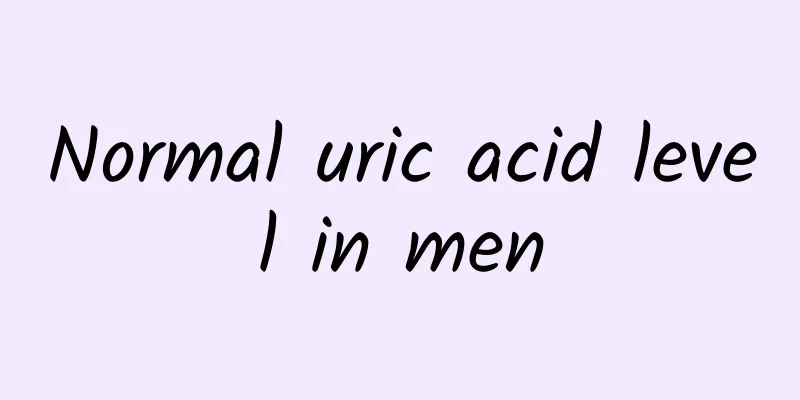How to treat male urinary tract stones?

|
Men's health is a very important matter in life, and men's health is mainly about problems in the urinary system. For example, urinary stones are a common disease that causes great pain to men's bodies. The occurrence of this situation is closely related to men's long-term unhealthy lifestyle habits. Therefore, it is very difficult to treat. Let's take a look at how to treat male urinary stones? Treatment of urinary tract stones in men Urinary tract stones are one of the most common urological diseases. They are more common in men than in women, with a ratio of about 4 to 5:1. Urinary tract stones are formed in the kidneys and bladder. There are significant differences in the formation mechanism, etiology, stone composition and epidemiology between upper urinary tract stones and lower urinary tract stones. Surgical treatment If urinary obstruction caused by stones has affected kidney function, or non-surgical treatment has failed, and there are no conditions for extracorporeal shock wave lithotripsy, surgical treatment should be considered. Preoperative preparation: The renal function of both sides must be understood before the operation. If there is infection, antibiotics should be used to control the infection. Patients with ureteral stones should undergo urinary tract plain film before entering the operating room or on the operating table for final positioning of the stone. Surgical methods: Depending on the size, shape and location of the stones, the following surgical methods are commonly used: 1. Pelvic or sinus lithotomy: Open the renal pelvis and remove the stones. Sometimes, staghorn stones or renal calculi require pelvic or sinus lithotomy. 2. Renal parenchyma incision and lithotomy: If the renal calculi are large and cannot be removed through the renal sinus, the renal parenchyma needs to be incised to remove the calculi. 3. Partial nephrectomy: It is suitable for multiple stones in the renal pole (mostly in the lower pole of the kidney) or in the dilated and poorly drained renal caudal tube. The renal pole or renal caudal tube can be removed together with the stones. 4. Nephrectomy: If one side of the kidney has kidney stones and severe hydronephrosis or renal abscesses, which has caused severe damage to or loss of kidney function, and the other side has good kidney function, the affected kidney can be removed. 5. Ureterotomy: Ureterotomy is recommended for patients with ureteral stones larger than 1 cm in diameter or impacted stones that cause urinary obstruction or infection and who have not responded to non-surgical treatments. 6. Lithotomy: If the diameter of the ureteral stones is less than 0.6 cm, they can be removed by cystoscopy using a special basket or catheter. |
<<: Why do men lose their hair?
Recommend
Why do people have photosensitivity? What foods can cause photosensitivity?
In life, since many people have different physica...
What are the main causes of scrotal itching?
Scrotal itching is often called vulvar itching in...
What is the reason for the hidden pain under the right rib of a man?
Boys have dull pain under the right ribs: First, ...
Sexual function and fertility are not the same thing
Sexual function and fertility are both very impor...
What is the reason why sperm is yellow and sticky?
There are many reasons for yellow and sticky seme...
What can I eat to cure premature ejaculation?
Premature ejaculation is a common sexual dysfunct...
What should I do if my boyfriend has underarm odor?
Girls all hope that their boyfriends are clean an...
Why is the glans black?
The so-called glans is also known as the glans pe...
What frequency of masturbation is considered excessive? Is it okay to masturbate excessively?
From the ignorance of adolescence to the maturity...
What is the age of menopause?
Women go into menopause after their menstruation ...
Are cold showers good for sexual function?
As a man, we all hope to be strong and vigorous. ...
Do pharmacies sell male contraceptive pills?
Young people today are more open to sex. Some you...
What is the correct way to eliminate foreskin edema?
If a man has a foreskin that is too long, doctors...
Can prostate problems cause lower back pain?
Prostate disease is a common problem encountered ...
How to remove dark circles, these methods are simple and easy
I don't know if you have ever had this experi...









